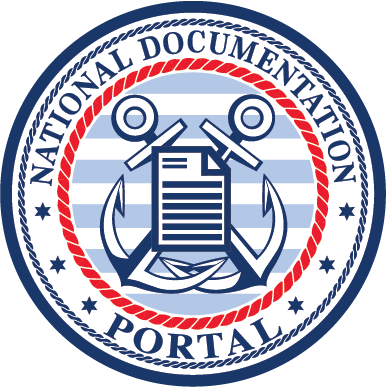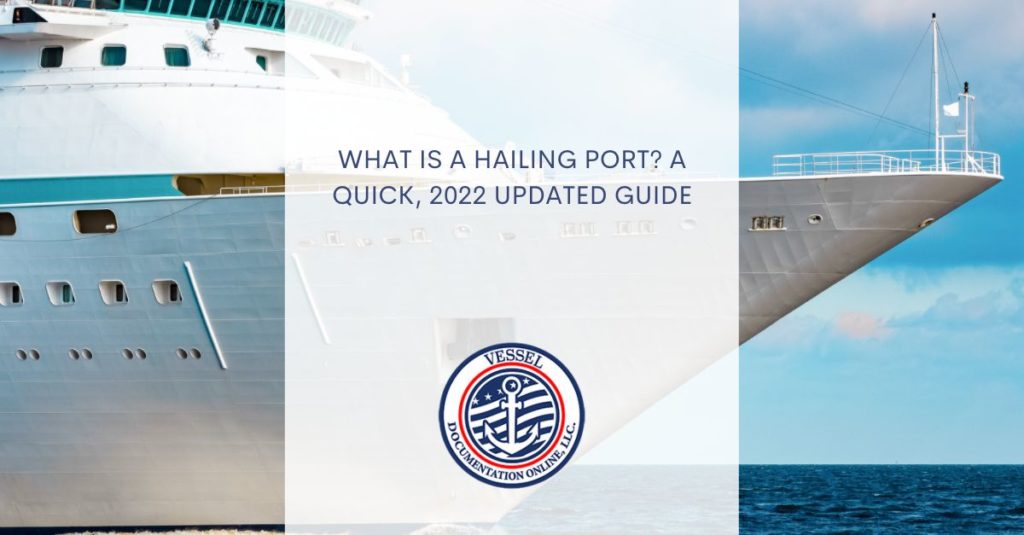A “hailing port” is undoubtedly a familiar word to boat owners, but what does it mean? When you get your boat registered and licensed, you’ll need to use a hailing port. There are times when you will need to designate a different hailing port than the one listed as your home port.
While these two concepts may be highly familiar to you, probably, you’re not aware of the idea of a hailing port.
When boat docks at a port, the captain must report to the appropriate authorities. This is referred to as “hailing in.”
The sailor will often send a written communication to the captain of the vessel via radio, in which he would indicate where he is from and where his “hailing port” is located.
The hail-port officer then ensures that no one in the immediate vicinity has previously reported your name, phone number, and other critical information to the authorities in that region.
Being the captain of your ship is a beautiful experience. Nothing compares to the sensation of swinging on a hammock, sipping an ice-cold Coke, and feeling the salt on your face as you gaze out into the ocean with your eyes closed.
Known as the Collection of Customs Duties Act at its adoption, the legislation was passed in the United States in 1848 according to Wikipedia.org.
Using the home port of the vessel’s owner on official records was necessary under the law, and all documented vessels were obligated to follow this requirement.

What Is My Hailing Port?
To put it another way, the hailing port is the location where you call home. When you are the owner of a vessel, you must provide your site as part of the registration process for your boat.
Once a vessel is registered, it must undergo inspections at the ports where it will be used regularly for the next several years.
According to WGME news, having this information readily available may assist seafarers in reporting accidents or technical issues with ships more quickly.
The United States Coast Guard also needs seafarers to be aware of their vessel’s identification information and the location where it was built.
How Do I Change My Hailing Port On Documented Vessels?
When this situation arises, there are several elements that you should keep in mind. Documentation may be required as part of this procedure, which may be time-consuming.
When arranging a boat trip, keep in mind the age of your vessel, where you’ve sailed it, and other details like whether or not it was imported from another nation.
The Vessel Documentation Center of the United States Coast Guard (USCG) is in charge of producing documentation for vessels registered in the United States and need repairs.
The United States Coast Guard has offices around the nation, including locations near ports.
The USCG is also responsible for receiving paperwork and applications from people who want to replace their documentation, which often includes information on your vessel’s current status and current port of call, as well as other pertinent information.
No matter how large or little the vessel, a hailing port is required. This is the port to which it may be addressed and registered on an official basis, if necessary.
It is essential that you be aware of your hailing port when purchasing carrying boats and that you are informed of any changes.
What Are The Vessel Name And Hailing Port Marking Requirements?
Several recreational vessels are obliged to have their names and hailing ports displayed on the outer hull of the boat.
Maritime law is utilized for non-commercial activities to define a leisure vessel. These watercraft, which are referred to as pleasure boats among the local community, are available in various forms and sizes, ranging from runabouts and ski boats to houseboats and sailing yachts.
They all have one thing in common, though: they are obliged to display the name of the boat and the country of origin on a visible outside section of the boat’s hull, which is often along the transom.
So, when it comes time to choose the name of your boat and the port from where it will depart, don’t just choose anything out of thin air or at random!
What Is Port Documentation?
The homeport on the vessel’s documentation documents is referred to as the Port of Documentation.
To simplify things, the port of documentation for a vessel is where it is registered and where it is situated.
The flag registry of the country where the vessel was built determines the port of documentation.
In order to bring a vessel into the United States, it must have a valid marine document. This is a certificate issued by the International Maritime Organization (IMO) for commercial vessels.
All commercial vessels entering the United States are obliged to have such a certificate on board, and it must be present aboard the vessel before arrival.
Whenever cargo ships land at the ports, they must undergo a customs inspection.
The Safe Manning Document (SMC), the Certificate of Fitness (COF), and the port of paperwork are all essential papers for this process to take place (POD).
These three papers are international maritime documents that are used by vessels when they are on the high seas to navigate. You may come across these three critical papers when looking for a boat.

